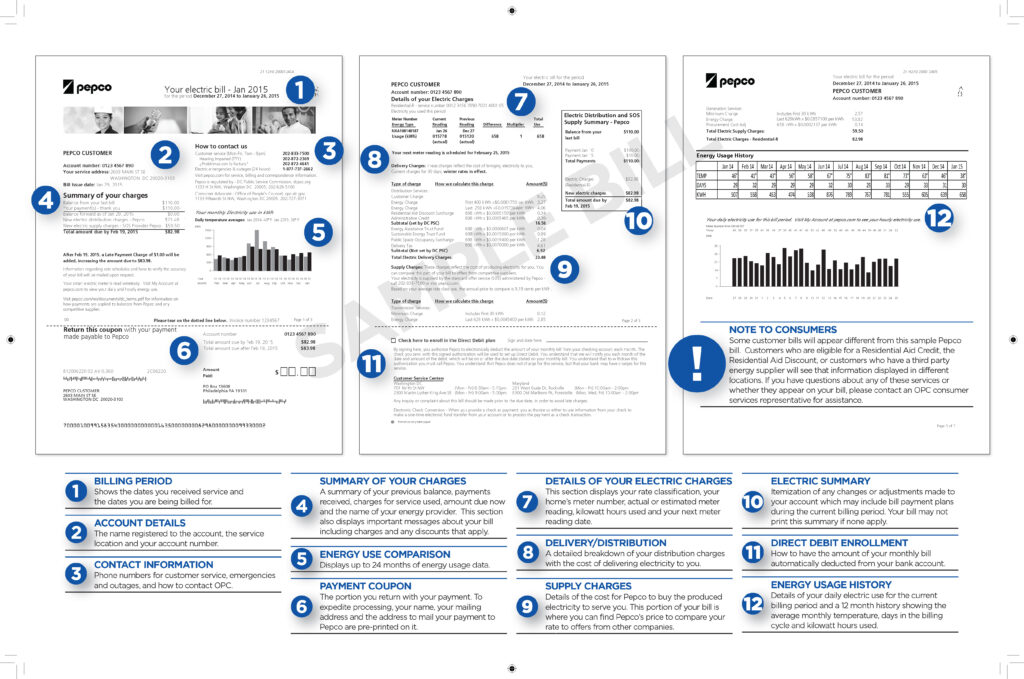If you’re like most of us, when your power bill shows up each month, you look at the amount due, cringe a bit, and send it to accounting to be paid. It is what it is – right? But if that sounds like you, you could be missing opportunities to save money. This blog helps outline what you should know on your power bill

Every power company provides a little different information on their bills, but typically there are four things in common you should be looking at. To clarify, this discussion is intended for commercial/industrial power users. The issues for residential users tend to be simpler. This blog outlines what to know on your power bill.
4 things to know?
1. Power consumption is measured in kilowatt-hours (KWH). Consumption is also one of the easiest things to reduce through energy conservation measures like high-efficiency lighting upgrades. Adding alternate power sources such as solar panels are another good way to reduce KWH.
2. “Demand” refers to the highest amount of power required from the grid (demanded) by your system at any given point in time. Demand is measured in kilowatts (KW) and is usually billed at a much higher rate than KWH. This means that reductions in demand can have a much larger impact on your bills than reductions in KWH. Unfortunately, most energy conservation measures, including solar, often have little impact on demand. In some circumstances, they might actually increase demand. I will discuss demand in greater depth in the next post.
3. Virtually every power company has different rates for different types of business users. These are documented as “rate schedules” and to get the most for your money, you should make sure that your business is categorized into the rate schedule most appropriate for the way you use power.
4. Finally, you should pay some attention to the added fees, taxes & penalties. There are often ways to eliminate penalties, and if you are a manufacturing company, you probably shouldn’t be paying sales tax on your power.
Why you should know your power bill
We want to trust our power provider to have our best interests at heart but they are often overwhelmed just as we are. They have no incentive to go back and look at billing rates after your account is set up and running. If it was set up incorrectly or if something has changed and a different rate schedule would now be more appropriate, it will usually be up to you to ask for the change. Likewise, reductions in demand or consumption will be up to you. Knowledge is power. Understanding your power bills is a huge step toward controlling your energy costs.




